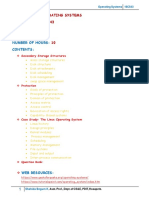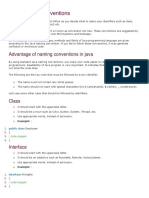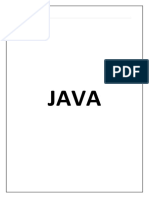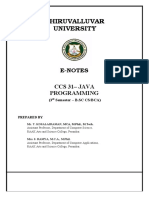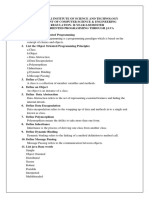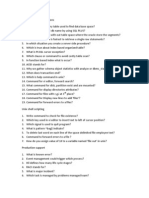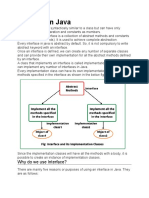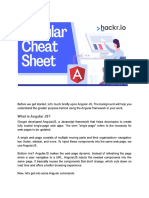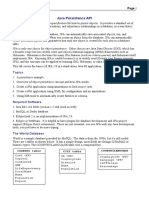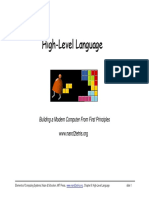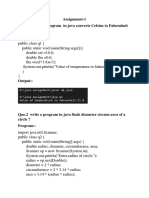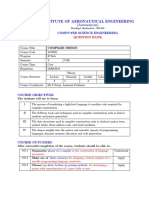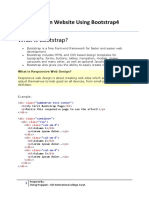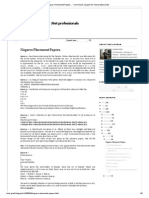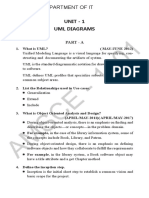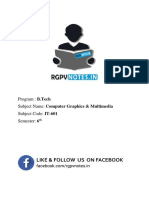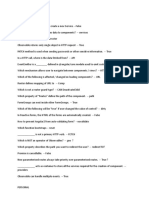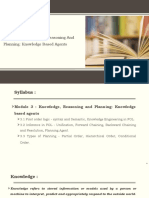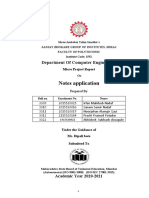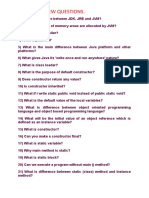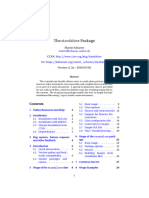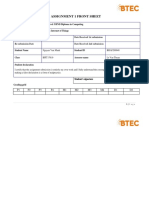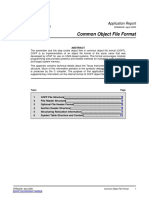100% found this document useful (1 vote)
408 views36 pagesCode Documentation and Comments
The document discusses the importance of self-documenting code through good programming style over comments, as code that is well structured, named, and formatted can explain itself without comments. It provides examples of good and bad programming style and comments, emphasizing that comments should add useful information not present in the code and should not repeat what the code already shows. Effective comments explain non-obvious aspects of the code at a higher level.
Uploaded by
MohammedCopyright
© © All Rights Reserved
We take content rights seriously. If you suspect this is your content, claim it here.
Available Formats
Download as PPTX, PDF, TXT or read online on Scribd
100% found this document useful (1 vote)
408 views36 pagesCode Documentation and Comments
The document discusses the importance of self-documenting code through good programming style over comments, as code that is well structured, named, and formatted can explain itself without comments. It provides examples of good and bad programming style and comments, emphasizing that comments should add useful information not present in the code and should not repeat what the code already shows. Effective comments explain non-obvious aspects of the code at a higher level.
Uploaded by
MohammedCopyright
© © All Rights Reserved
We take content rights seriously. If you suspect this is your content, claim it here.
Available Formats
Download as PPTX, PDF, TXT or read online on Scribd
/ 36
